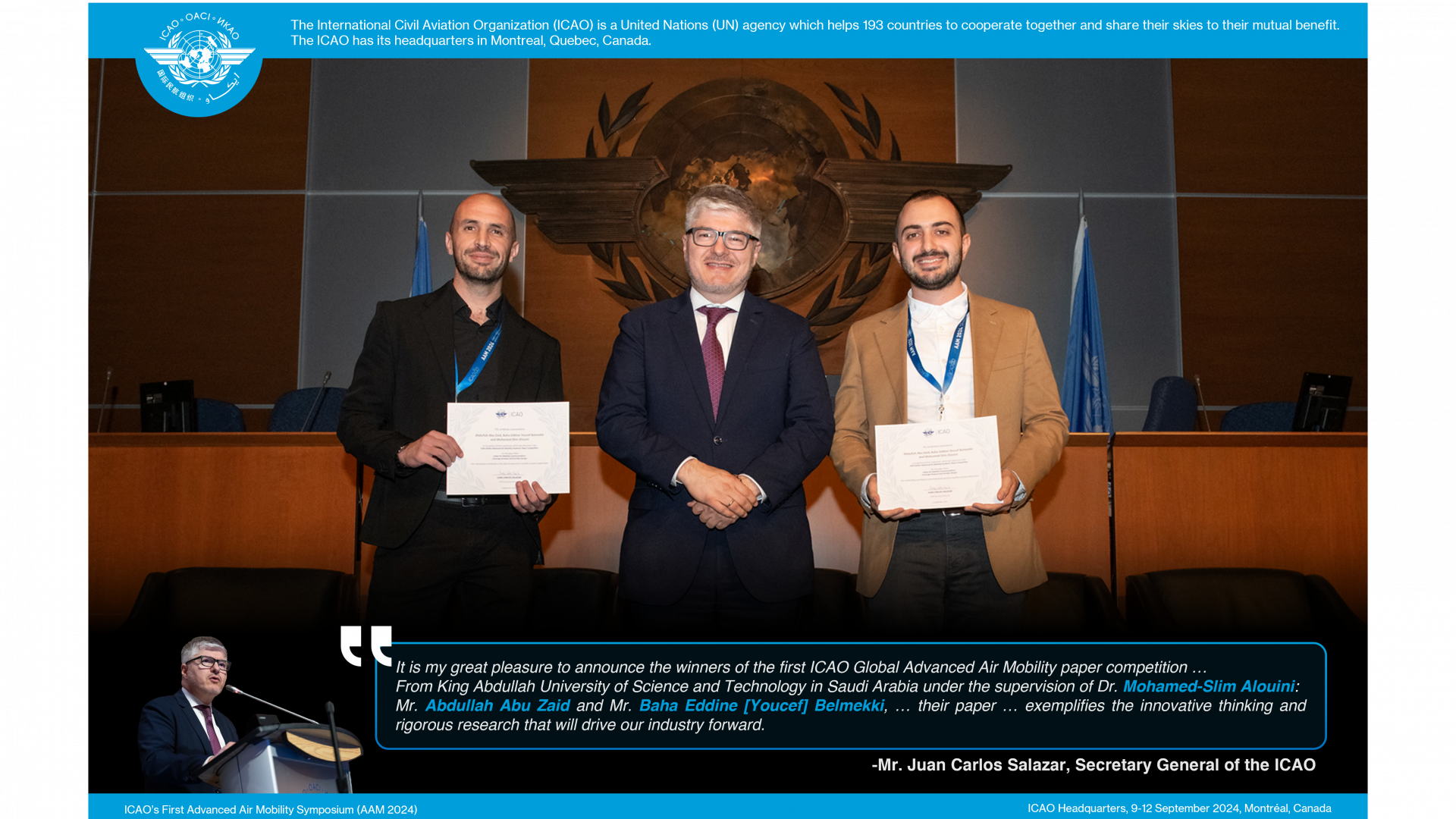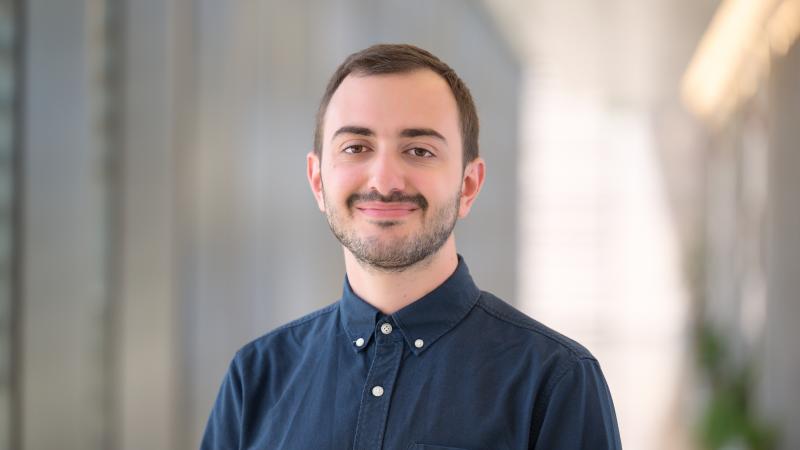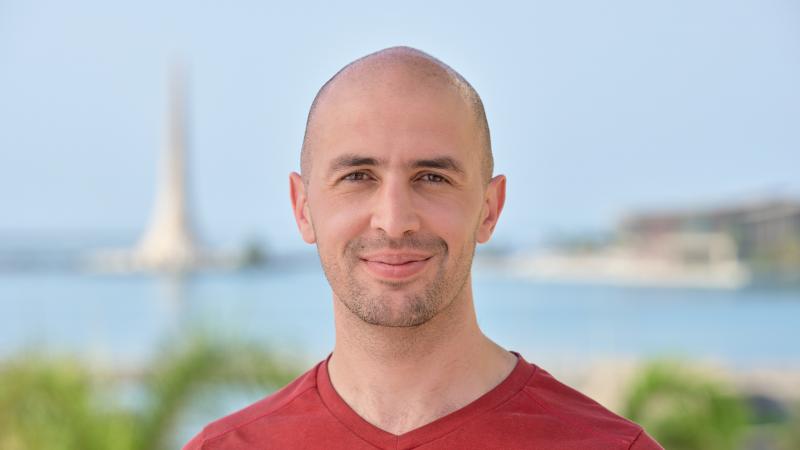ICAO Best Paper Award
Mr. Abdullah Abu Zaid, Dr. Baha Eddine Youcef Belmekki, and Prof. Mohamed-Slim Alouini from the CTL research group at KAUST received the best paper award in the Global Advanced Air Mobility (AAM) Academic Paper Competition, hosted by the International Civil Aviation Organization (ICAO). The ICAO, a United Nations (UN) agency that facilitates cooperation among countries for the shared use of airspace, organized the first AAM symposium from September 9-12, 2024, in Montreal, Canada. Their paper, titled "Urban Air Mobility Communications: Coverage Analysis and Corridor Design," was notable for its originality, depth, technical rigor, and practical applicability. The Secretary General of the ICAO, Mr. Juan Carlos Salazar, commended their work, stating: “Their paper … exemplifies the innovative thinking and rigorous research that will drive our industry forward.” Further highlighting the impact of their work, Mr. Abdullah Abu Zaid and Dr. Baha Eddine Youcef Belmekki were invited to present their work at the ICAO headquarters, to a diverse international audience that included government representatives, industry professionals, academics, researchers, and officials from international organizations.
A Highly Selective and Rigorous Selection Process
The Global AAM Academic Paper competition featured several rigorous rounds of evaluation, conducted entirely anonymously to ensure impartiality—the names of authors and their affiliations were withheld from the jury. Over 100 abstracts were submitted, covering a wide range of topics related to AAM, such as technology, safety, regulation, urban planning, legal issues, and sustainability. Of these, 41 abstracts were selected to progress to the second round. Subsequently, 21 of these were invited to submit full papers, and from this pool, 12 outstanding papers were chosen for the final round of evaluation. The jury assessed the papers based on their originality, applicability, and technical soundness. The distinguished jury for the competition was comprised of recognized experts from the field of AAM, including the National Research Council Canada (NRC), Single European Sky ATM Research (SESAR), Japan Aerospace Exploration Agency (JAXA), and the National Aeronautics and Space Administration (NASA):
- Iryna Borschchova, Ph.D., Research Officer, NRC;
- Robin Garrity, Senior External Affairs Officer, SESAR;
- Adriana Andreeva-Mori, Researcher in Aeronautics, JAXA;
- Dr. Kelley Hashemi, Airspace Operations and Safety Program Partnerships Lead, NASA;
- Divya Bhadoria, Manager, AMP Airspace Operations, NASA;
- Jim Murphy, AAM System Architect, NASA;
- Michael Patterson, Ph.D., AAM Mission Integration Office Systems Analysis Lead, NASA.
The jury selected a winning paper from King Abdullah University of Science and Technology (KAUST) titled "Urban Air Mobility Communications: Coverage Analysis and Corridor Design." The runner-up was from the University of Michigan, with their paper titled “Centralized and Distributed Optimization of Advanced Air Mobility Strategic Traffic Management.”
The Winning Paper: An Aerial Connectivity Solution for AAM
The winning paper focuses on enhancing connectivity to enable AAM paradigms, including air taxis and eVTOLs. This connectivity is crucial for facilitating real-time decisions, traffic coordination, safety, navigation, control, monitoring, emergency response, and passenger services. However, terrestrial communication infrastructures are not primarily designed to serve aerial users. Consequently, the authors proposed the adoption of non-terrestrial solutions, such as tethered and stratospheric platforms. To effectively implement these solutions, a thorough performance analysis is essential to fully understand the design and optimization of these technologies and to determine how network parameters impact performance. Therefore, the paper introduced a new line-of-sight model that takes into account ground users and urban structures, like buildings. The model was validated using ray tracing and further tested against real-world data from various major cities with different building densities and heights, including Jeddah, Dubai, and Chicago. This innovative line-of-sight model enables accurate performance analysis in terms of connectivity, using non-terrestrial platforms in AAM and Urban Air Mobility (UAM) to efficiently support air taxis and eVTOLs.
Connectivity as a Catalyst for AAM
As previously noted, connectivity is crucial and essential for enabling AAM, particularly for fully autonomous air taxis and aircraft. Yet, the aspect of connectivity in AAM often receives less attention compared to other factors such as aircraft technology, battery production, and regulatory frameworks. This award underscores the recognition of connectivity as a pivotal component of AAM, rather than a mere "nice-to-have" feature. The work described in the winning paper was conducted under the umbrella of the KAUST UNESCO chair focusing on connecting the unconnected. The primary aim of this chair is to establish connectivity in areas currently without access, thereby facilitating educational opportunities for children. Additionally, it focuses on reaching challenging environments such as maritime, underwater, and aerial spaces. Within this framework, the CTL group is actively engaged in advancing AAM and UAM by exploring various communication infrastructures and striving to realize this new paradigm.



